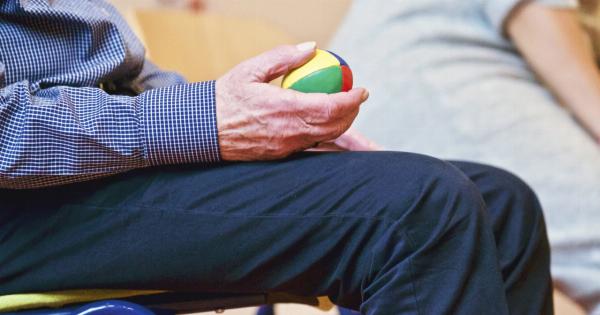Peyronie’s disease, also known as Perone’s disease, is a condition that results in the development of fibrous scar tissue inside the penis.
This condition causes penile deformities, pain and erectile dysfunction, and can affect a man’s self-esteem and sexual function.
Causes of Peyronie’s Disease
The exact cause of Peyronie’s disease is still unknown. However, there are several theories about what might cause the condition:.
- Genetic factors: A family history of Peyronie’s disease may increase a man’s risk of developing the condition.
- Penile trauma: An injury to the penis may cause damage to the connective tissue, leading to the development of scar tissue and Peyronie’s disease.
- Autoimmune disorders: Peyronie’s disease has been linked to certain autoimmune disorders, including rheumatoid arthritis and lupus.
- Age: The risk of developing Peyronie’s disease increases with age, especially in men over the age of 50.
Symptoms of Peyronie’s Disease
The symptoms of Peyronie’s disease can vary from person to person. Some of the most common symptoms include:.
- Penile curvature: One of the most noticeable symptoms of Peyronie’s disease is a curvature of the penis. The curve can be upwards, downwards or to either side. The severity of the curve can range from mild to severe.
- Penile pain: Peyronie’s disease can cause pain and discomfort in the penis, especially during an erection or sexual activity.
- Erectile dysfunction: Peyronie’s disease can make it difficult or impossible to achieve or maintain an erection.
- Shortening of the penis: In some cases, Peyronie’s disease can cause the penis to become shorter due to the formation of scar tissue.
Diagnosis of Peyronie’s Disease
A physical examination is usually the first step in diagnosing Peyronie’s disease. A doctor may also recommend additional tests to confirm the diagnosis, including:.
- Ultrasound: An ultrasound can help to identify the presence of scar tissue in the penis.
- MRI: A magnetic resonance imaging (MRI) scan may be recommended to help determine the extent of the scar tissue and any associated damage.
- X-rays: X-rays may be recommended to identify any skeletal abnormalities or other possible causes of the penile curvature.
Treatment of Peyronie’s Disease
There is no cure for Peyronie’s disease, but there are several treatment options available to manage the symptoms of the condition:.
- Medications: Oral medications, including vitamin E and potassium aminobenzoate, may be prescribed to help reduce pain and inflammation and slow the progression of the condition.
- Injections: Steroid injections can be administered directly into the scar tissue to help reduce pain and inflammation and correct penile curvature.
- Surgery: Surgery may be recommended in severe cases of Peyronie’s disease to remove the scar tissue and correct the penile curvature. The most common surgical procedures include penile grafting and penile implantation.
- Penile traction therapy: This type of therapy uses a device worn on the penis to stretch and straighten the penis over time.
Living with Peyronie’s Disease
Peyronie’s disease can be a challenging condition to live with, both physically and emotionally. However, there are steps that men with Peyronie’s disease can take to improve their quality of life:.
- Communicate with your partner: Open and honest communication with your partner can help to relieve stress and anxiety associated with Peyronie’s disease.
- Seek support: Talking to a therapist or joining a support group can help men with Peyronie’s disease cope with the emotional challenges of the condition.
- Stay active: Engaging in physical activity can help to reduce stress and improve overall health.
- Manage other health conditions: Peyronie’s disease is often associated with other health conditions, including diabetes and high blood pressure. Managing these conditions can help to improve overall health and quality of life.
Preventing Peyronie’s Disease
There is no guaranteed way to prevent Peyronie’s disease. However, there are several steps that men can take to reduce their risk of developing the condition:.































